
Salamu Alaikum greetings to all and devotional love and new light of the new day starting with today's topic today's topic is how to cultivate Jhal and how to detect diseases and after detection I will discuss among you about the methods of controlling diseases many people in the world. There are those who love to prepare most of their own food, such as vegetable cultivation, fruit cultivation, and various types of spices. These days, people live by farming, i.e., they create nurseries or gardens. Just as farmers live by advice so that their crops do not perish, I will call you to be careful about some things and discuss them so let's start without further ado.
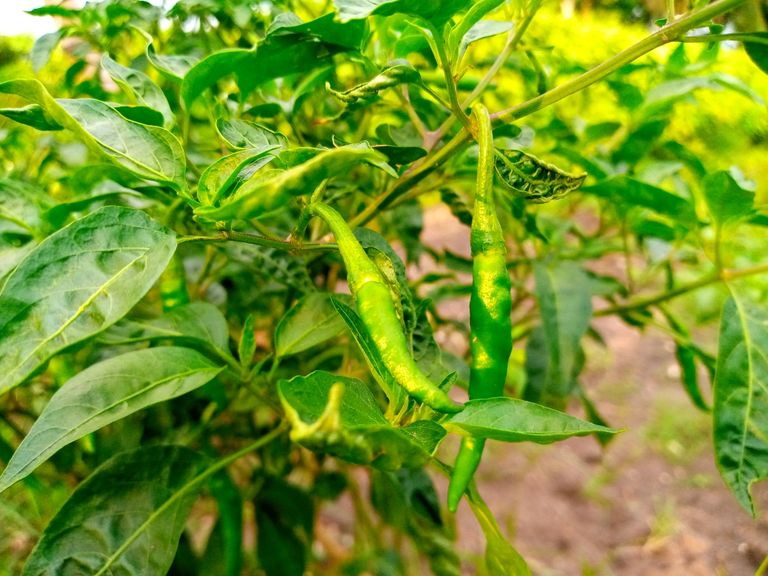
| The soil is ready
Loamy soil is most suitable for chilli cultivation. Also slightly alkaline soil can be used. Mix well organic manure with loamy soil and fill the tub. Add sufficient water to this soil in the tub, so that the soil is moist.
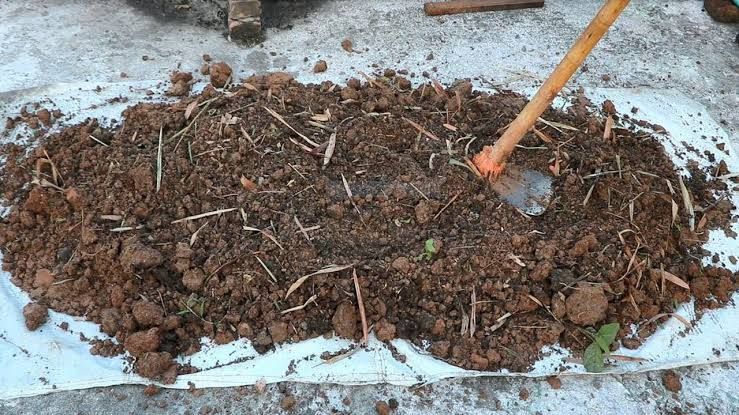
Source
There are certain rules to be followed in the field of Jhal cultivation or the cultivated plants are seen to die or get damaged and for this it is necessary to take advice from an experienced farmer or an agriculturist whether it is plowed or flat land cultivation and any I will discuss when to use pesticides and in this case it is best to consult an agronomist and in all farming you must keep an eye on the crops i.e. take good care of them and use proper control methods to detect diseases then you will see that your agricultural The crops that are there will be less wasted and you will suffer less losses.
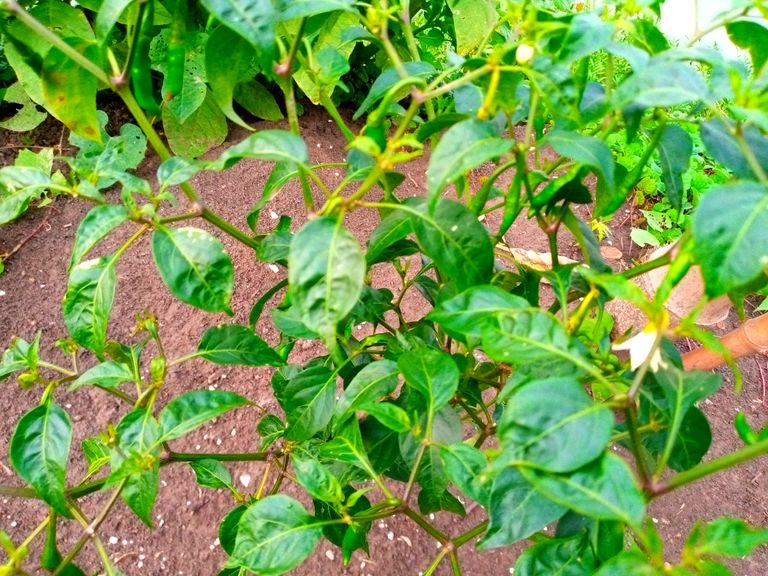
| Seedlings Planting Seedlings Preparation Information about such cultivars |
|---|
Chilli is a cash crop of Bangladesh. It is a commonly used spice of Bangladesh. Chili is eaten both raw and ripe. It is cultivated everywhere in Bangladesh. Chili is not only used as a spice or flavor. It provides vitamins A, B, C if consumed regularly and moderately.
Uses: In addition to cooking and making savory dishes, chillies are used as an ingredient in various pickles. Many also make chili pickles.
Suitable land and soil: Loamy soil with plenty of light and air and water, irrigation and drainage systems are suitable for chilli cultivation.
Larger Barisal district is far ahead in pepper cultivation. Besides, Bogra, Faridpur, Noakhali, Jamalpur, Meherpur, Barisal, Kumilsna, Chittagong and Mymensingh are cultivated in large quantities.
Varieties Introduction: These types of chillies are found in Jhal and Sweet. Bogra, Chandpuri, Faridpuri are notable among jhal pepper. Besides, kamaranga, akali and black pepper are very spicy.
Seedling preparation: The land is well plowed and the seeds are sown in 3x1 meter size beds by using ladders and weeding. Seeds are sown in seedbeds during Bhadra-Ashwin months for winter and Phalgun-Chaitra months for monsoon season. Seedlings 10 cm. If high it is suitable for planting.
Planting: After clearing the weeds and preparing the land with 4-5 plows and ladders, the seedlings are planted. 60-70 cm row to row distance for planting seedlings. And seedling to seedling distance 30-40 cm. is kept Seedlings should be planted in the afternoon and watered in the morning and afternoon for 2-3 days.

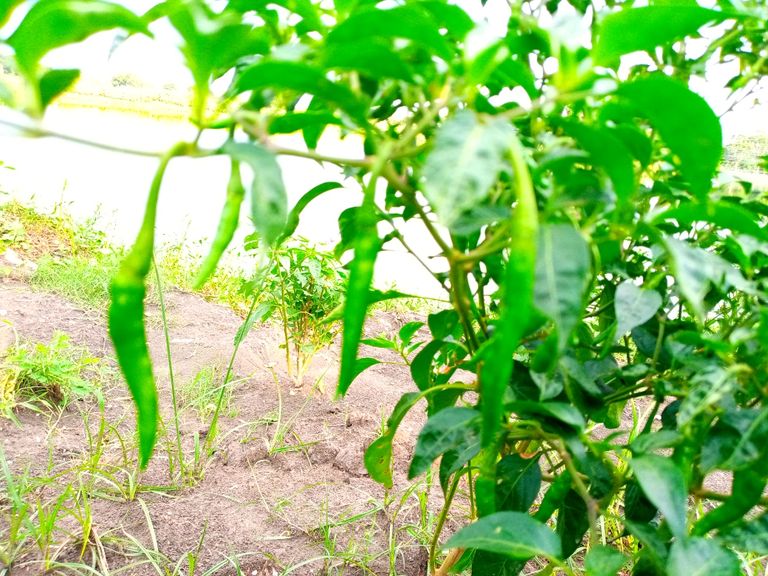
In the case of square farmers, it is important to know some suggestions and instructions for fertilizer management and other types of management. Along with own needs, market or economic needs are being fulfilled.
Chilli is a cash crop of Bangladesh. It is a commonly used spice of Bangladesh. Chili is eaten both raw and ripe. It is cultivated everywhere in Bangladesh. Chili is not only used as a spice or flavor. It provides vitamins A, B, C if consumed regularly and moderately.
Uses: In addition to cooking and making savory dishes, chillies are used as an ingredient in various pickles. Many also make chili pickles.
Suitable land and soil: Loamy soil with plenty of light and air and water, irrigation and drainage systems are suitable for chilli cultivation.
Larger Barisal district is far ahead in pepper cultivation. Besides, Bogra, Faridpur, Noakhali, Jamalpur, Meherpur, Barisal, Kumilsna, Chittagong and Mymensingh are cultivated in large quantities.
Varieties Introduction: These types of chillies are found in Jhal and Sweet. Bogra, Chandpuri, Faridpuri are notable among jhal pepper. Besides, kamaranga, akali and black pepper are very spicy.
Seedling preparation: The land is well plowed and the seeds are sown in 3x1 meter size beds by using ladders and weeding. Seeds are sown in seedbeds during Bhadra-Ashwin months for winter and Phalgun-Chaitra months for monsoon season. Seedlings 10 cm. If high it is suitable for planting.
Planting: After clearing the weeds and preparing the land with 4-5 plows and ladders, the seedlings are planted. 60-70 cm row to row distance for planting seedlings. And seedling to seedling distance 30-40 cm. is kept Seedlings should be planted in the afternoon and watered in the morning and afternoon for 2-3 days.


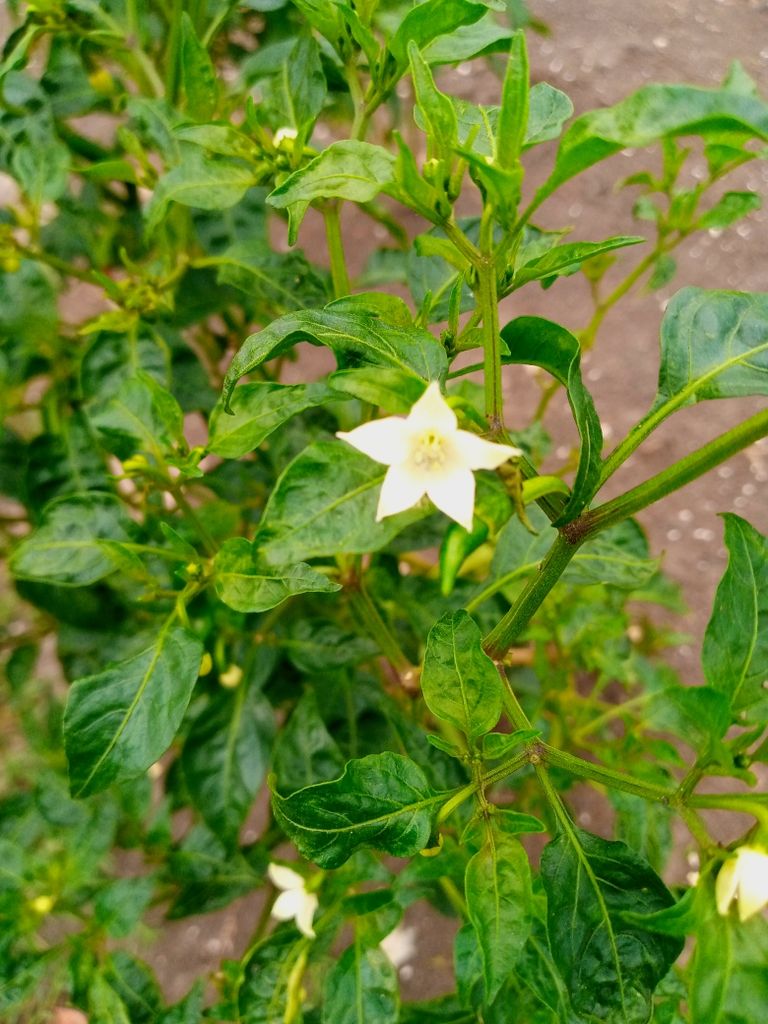
| Disease management i.e. the stage in this process is seen as a major stage in all cultivations from which the strictest care has to be taken and identified and its correct amount and quantity of control method is beautiful and useful if the control method is used in the wrong way. If done then it is seen that the fruits are spoiled but they become unusable. |
|---|
Disease Management:
Insect Name: Whitefly
This very small insect sucks the juice of the leaves. As a result, the growth of the plant is disrupted. Moreover, this insect helps the fungus called black cotton mold to grow on leaves and spread virus diseases. This white insect lives on the underside of the leaves. Slightly larger than 1 mm in length. If the leaves of the tree are slightly shaken, they fly away. The body of all these insects is covered with white waxy substance.
Damage pattern: Adults and juveniles (nymphs) suck the sap from the underside of the leaves causing leaf curling and stunted plant growth. The attack first shows white or yellowish color on the leaves, then the spots coalesce and the leaves turn yellow with green veins. While eating, this insect secretes a sweet gummy juice that helps the black fungus to grow in the gum. This insect spreads viral diseases. Warm and dry weather is conducive to the spread of this insect.
Life Cycle: This insect usually lays tiny white eggs on the underside of leaves. The eggs turn brown after hatching and after 3-17 days the nymphs (baby) emerge. Juveniles are greenish-white, 2-6 weeks from nymph stage to full-fledged larvae. Full-grown insects live for 10-15 days.
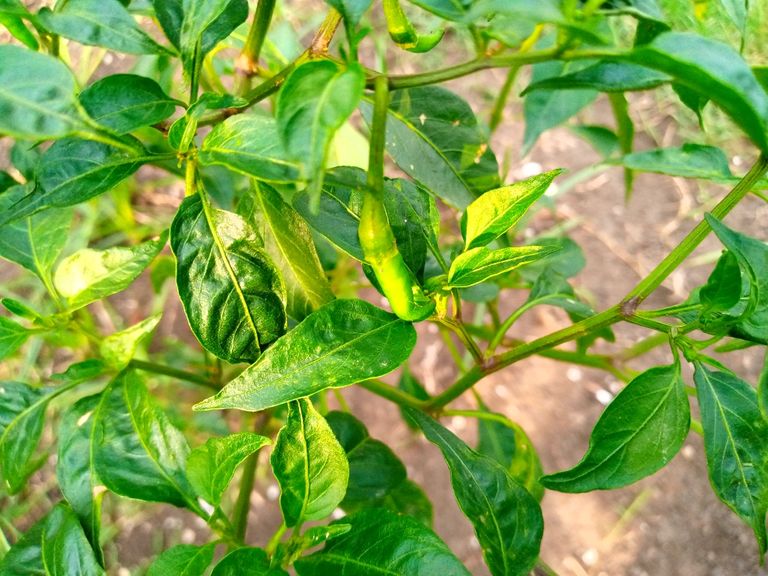
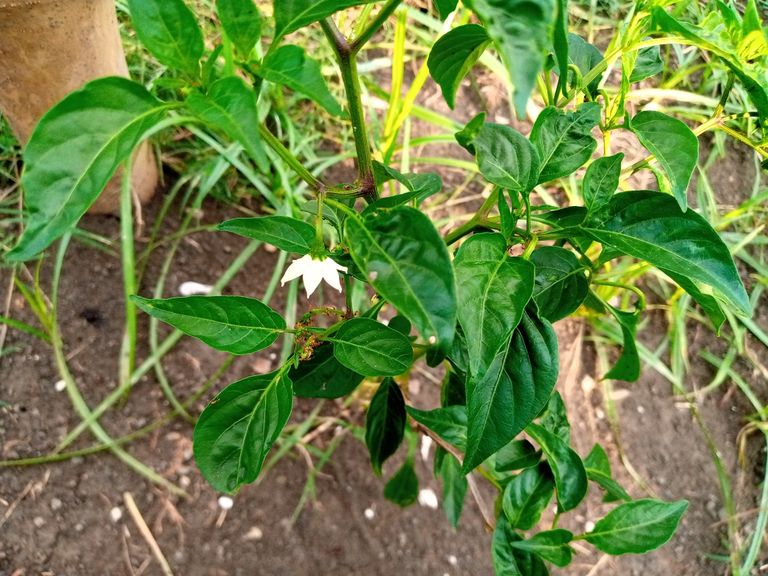
Suppression methods and management Disease pest control and proper advice on how to save the pepper plant or saffron plant from the attack of this white fish or get proper advice from a consultant if cultivated or disease pest by the methods mentioned below. If buried then hopefully your crop has been properly cared for and cared for
..
Management: Yellow glue traps should be used. 5 grams per liter of cloth should be mixed with raw soap and sprayed. Approved pesticides should be used in prescribed doses.
Insect Name: Thrips
This insect is small but it sucks the sap of the leaves and weakens the tree. That's why if the leaves are discolored in the field, it should be looked at carefully, otherwise the yield will decrease a lot. Insects are very small in shape. Females are slender, yellowish. Adult males are dark brown. Baby is white or yellow. They have long spots on their backs.
Damage pattern: Infected leaves turn silvery as they suck the sap. Brown spots or spots appear on the affected leaves. Heavy infestation causes the leaves to dry and fall off. Rhizomes are short and deformed.
Life Cycle: The female lays 45-50 eggs within the cell of the leaf. In 5-10 days the eggs hatch into nymphs. The nymph goes through two stages in 15-30 days. The first phase takes food and the second phase remains in the soil without taking food. They breed 8 times a year. And the female insect is able to give birth without mating with the male insect.
Management: Use of white colored sticky traps. This insect can be controlled by increasing the number of spiders in the field. If the attack is more, Perfection/Metasystox should be mixed with one teaspoon in 5 liters of water and sprayed.
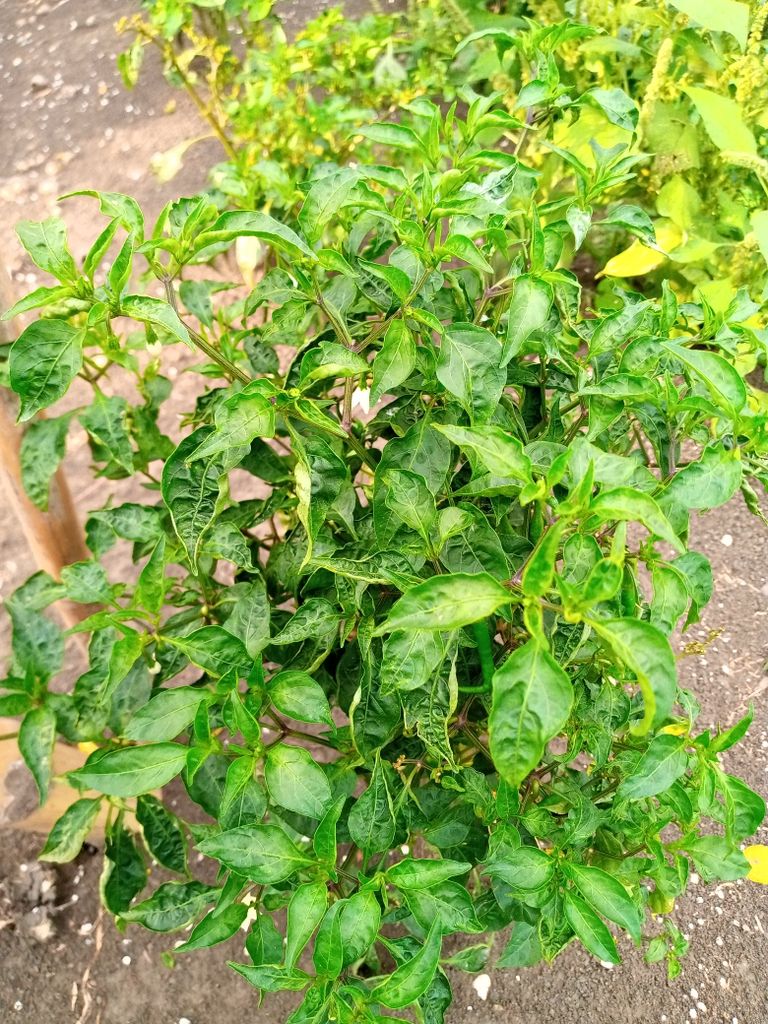
Thanks for watching and spacial thanks for supporting teams.. @abiga554